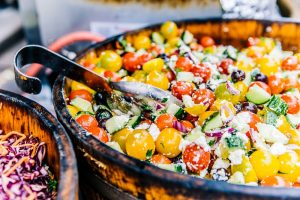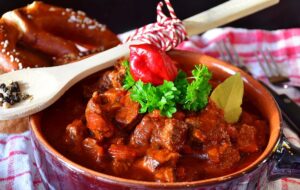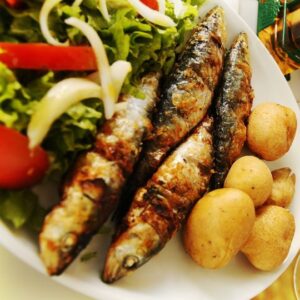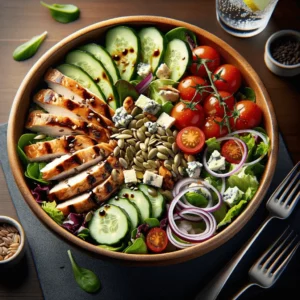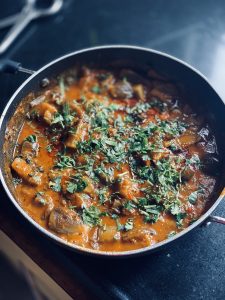From the Steppes to the City: Russian Restaurants
Encompassing a vast expanse of land, history, and culture, Russia’s culinary tradition is a rich tapestry of flavors, ingredients, and techniques. Russian restaurants, found in various corners of the globe, offer diners a unique window into this vast nation’s diverse gastronomic legacy. From hearty stews to delicate pastries, these establishments capture the soul of Russian cuisine and invite patrons to partake in a culinary journey spanning centuries.
Comforts of Russian Cooking
Borscht
A ruby-red soup with origins in ancient Slavic feasts, borscht is a harmonious blend of beets, cabbage, potatoes, and meat, often served with a dollop of sour cream. A bowl of this warming delight is a journey to Eastern Europe’s chilly winters and warm households.
Pelmeni
These delicate dumplings, typically filled with meat and encased in thin dough, are boiled to perfection. Served with butter, vinegar, or sour cream, pelmeni is a comforting dish loved by many.
Savory to Sweet: A Gastronomic Spectrum
Beef Stroganoff
Tender strips of beef cooked in a creamy mushroom and onion sauce, this dish is a classic representation of Russian haute cuisine. Often served over noodles or rice, its rich flavors are a testament to Russian culinary ingenuity.
Blini
Thin pancakes similar to crepes, blini can be served with a myriad of toppings, from caviar and smoked salmon to honey and jam. A versatile dish, it embodies the Russian spirit of hospitality.
A Toast to Tradition
Vodka
No Russian meal is complete without vodka. More than just a drink, vodka is a cultural symbol, often consumed during celebrations, gatherings, and traditional toasts.
Kvas
A fermented beverage made from bread, kvas is a refreshing, slightly tangy drink that has quenched Russian thirsts for centuries.
Conclusion
Russian restaurants are not merely places to eat; they are portals to another world, one of grand banquets in tsarist palaces, festive meals in countryside dachas, and the simple joys of families gathering around a dining table. With a blend of rustic and refined, Russian cuisine offers an enriching experience, with dishes that tell tales of emperors, peasants, long winters, and bountiful harvests.
FAQs
1. Are Russian dishes predominantly meat-based?
While many classic Russian dishes feature meat, there are also numerous vegetarian options, especially when considering the vast array of salads, soups, and grain-based dishes.
2. Is caviar a common item in Russian restaurants?
Caviar, especially black caviar from sturgeon, is a luxury product in Russia. It’s often found in upscale Russian restaurants and is served as a delicacy.
3. Are Russian desserts worth trying?
Absolutely! From medovik (honey cake) to pirozhki (filled pastries), Russian desserts are a delightful end to any meal.
4. Do Russian restaurants cater to dietary restrictions?
Modern Russian restaurants, especially those outside of Russia, often accommodate various dietary preferences and restrictions, ensuring a pleasant dining experience for all.
5. How is tea consumed in Russian culture?
Tea is a popular beverage in Russia and is typically served with sweets. The traditional Russian tea ceremony involves brewing tea in a teapot and diluting it with hot water served from a samovar.



